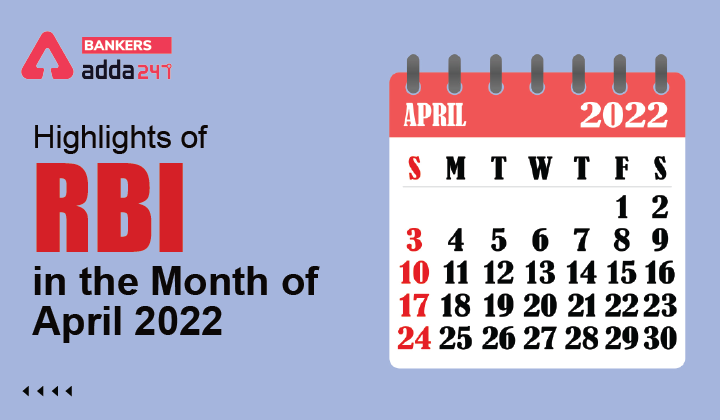1. Reserve Bank of India Governor Shaktikanta Das has dedicated the Varnika ink manufacturing facility of 1500MT at Bharatiya Reserve Bank Note Mudran Private Limited, Mysuru in Karnataka.
- The ink used in currency printing: Intaglio
- Bharatiya Reserve Bank Note Mudran Private Limited (BRBNML) is an RBI-owned subsidiary established in 1995.
- The two presses of BRBNMPL are at Mysuru (Southern India) and Salboni (Eastern India)
- It is to promote Atamnirbhar Bharat.
2. RBI for the second time extended the timeline for the implementation of cassette swap in all ATMs (Automated teller machines) by 1 year till March 31, 2023.
- Presently, most of the ATMs (automated teller machines) are replenished by way of open cash top-up or by loading cash in the machines on the spot.
- To do away with the current system, RBI had asked banks to ensure that lockable cassettes are swapped at the time of cash replenishment in the ATMs.
- This step is taken to increase security
Highlights of RBI in the Month of April 2022 Check in Hindi
3. RBI reduced the Ways and Means Advances (WMA) for states and Union Territories to Rs 47,010 crore from Rs 51,560 crore amid uncertainties related to COVID-19 w.e.f. April 1, 2022, and are subject to review.
- RBI gives temporary loan facilities to the central and state governments. This loan facility is called Ways and Means Advances (WMA).
4. A total of 27 Scheduled Commercial Banks (SCBs) and Financial Institutions (FIs) have reported 96 cases of fraud, worth Rs 34,097 crore in the first nine months of FY22 (April-December 2021), With Punjab national Bank having the highest amount and Bank of India with the largest number of cases.
5. Highlights of RBI’s 1st bi-monthly monetary policy of 2022-23.
(a) Introduced a standing deposit facility (SDF) as an additional tool for absorbing liquidity without any collateral, at an interest rate of 4.15%.
- Other tools of absorbing liquidity are
- Cash reserve ratio (CRR)
- Market stabilization scheme (MSF)
- Reverse repo operation
- Open Market Operation (OMO)
(b) RBI proposed to extend the rationalized home loan norms by another year till March 31, 2023.
- Rationalization means: that the risk weights are linked only with LTV (Loan to Value) ratios for all new housing loans
(c) Increased the limits under the Held to Maturity (HTM) category from 19.5% to 22% of NDTL (Net Demand and Time Liabilities) of Statutory Liquidity Rate (SLR) eligible securities.
(d) RBI to lower net worth requirement for non-bank Bharat Bill Payment Operating Units to Rs 25 crore from 100 crores. Non-Bank Bharat Bill Payment Operating Units are like Paytm and Phone pay.
6. RBI mandates all Non-Banking Financial Companies in the Upper Layer (NBFC-UL) & Middle Layer (NBFC-ML) to have independent Compliance Function by April 1, 2023, and to appoint of Chief Compliance Officer (CCO) by October 1, 2023.
7. RBI notified Large Exposures Framework (LEF) for Non-Banking Financial Company-Upper Layer (NBFC-UL) w.e.f. October 1, 2022, & mandates NBFCs-UL to maintain CET1 Capital of at least 9% of Risk-Weighted Assets. This is a step in line with risk management.
- Note: NBFCs classification comprises four layers based on their size, activity, and perceived riskiness.
- NBFCs in the lowest layer shall be known as NBFC – Base Layer (NBFC-BL).
- NBFCs in the middle layer and upper layer shall be known as NBFC – Middle Layer (NBFC-ML) and NBFC – Upper Layer (NBFC-UL) respectively.
- The Top Layer is ideally expected to be empty and will be known as NBFC – Top Layer (NBFC-TL).
8. RBI issued Credit Card and Debit Card – Issuance and Conduct Directions, 2022 applicable to every Scheduled Bank (excluding Payments Banks, State Co-operative Banks, and District Central Cooperative Banks) and all Non-Banking Financial Companies (NBFCs) operating in India
- NBFCs with a minimum net owned fund of Rs 100 crore can’t undertake Credit Card Business without RBI’s prior approval.
9. RBI issued guidelines on the establishment of 24X7 Digital Banking Units (DBUs) to offer products and services in both self-served and assisted modes w.e.f. April 7, 2022.
- A digital banking unit (DBU) is a specialized business unit of a bank that houses certain minimum digital banking products and services. A bank can offer specialized digital products at any time all year from these units and also provide existing financial services products.
- These guidelines are applicable to all Domestic Scheduled Commercial Banks (excluding Regional Rural Banks, Payments Banks, and Local Area Banks) from tier 1 to tier 6 cities
- Budget 2022-23 announced to establish 75 Digital banking units.
10. RBI allowed Rural Cooperative Banks (RCBs) to raise funds from people in their area of operation or existing shareholders through preference shares and debt instruments and also expanded the scope of opening current, CC/OD accounts.
11. RBI mandates that non-individual borrowers with aggregate exposure of Rs 5 crore and above from Banks and Financial Institutions (FIs) should obtain Legal Entity Identifier (LEI) codes.
- Legal Entity Identifier (LEI) is a 20-character alpha-numeric code used to uniquely identify parties to financial transactions worldwide.
- Government entities are not necessarily to have LEI.



 GA Capsule for SBI Clerk Mains 2025, Dow...
GA Capsule for SBI Clerk Mains 2025, Dow...
 The Hindu Review October 2022: Download ...
The Hindu Review October 2022: Download ...
 Weekly One Liners 24th to 30th March, 20...
Weekly One Liners 24th to 30th March, 20...







